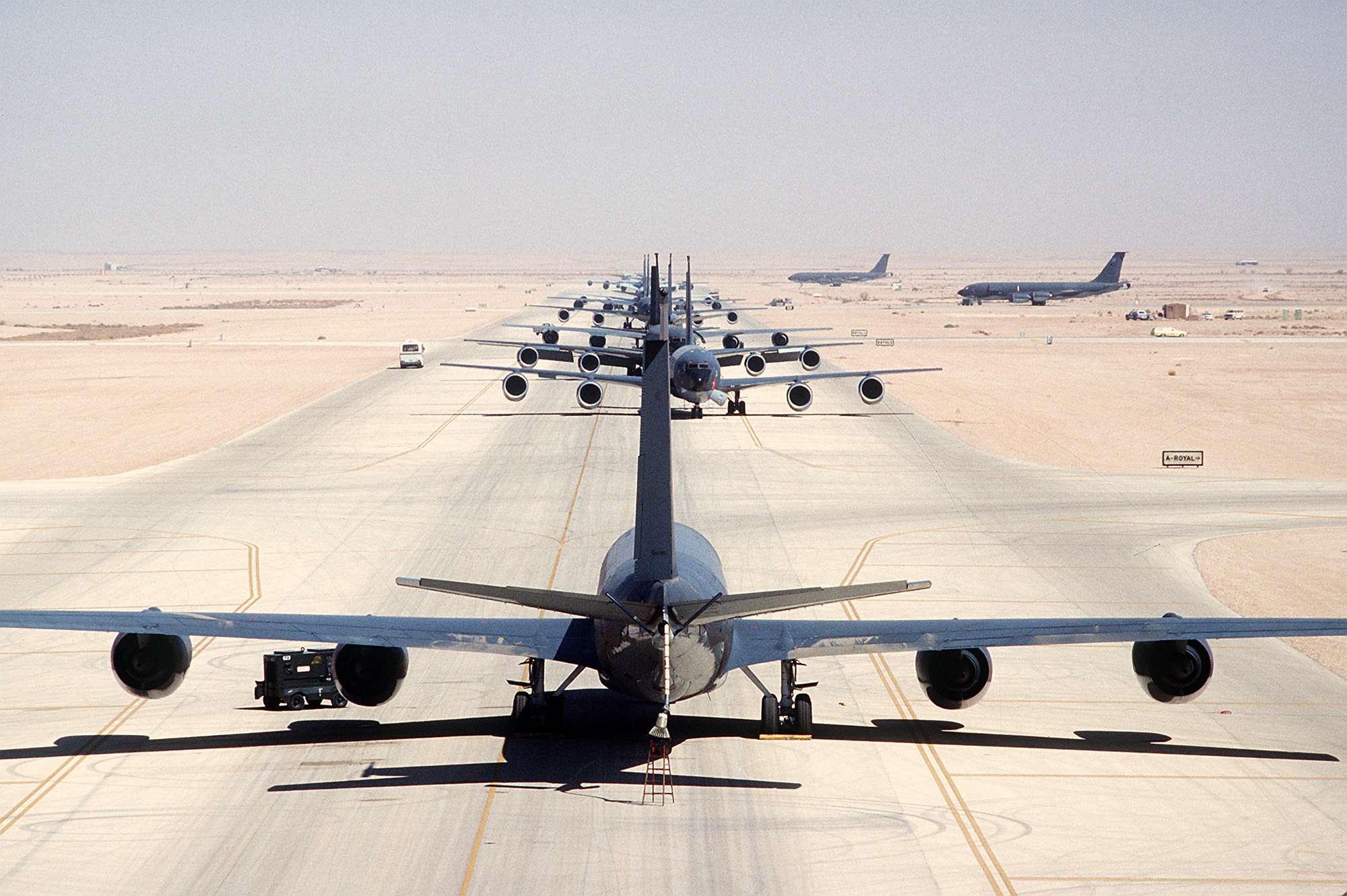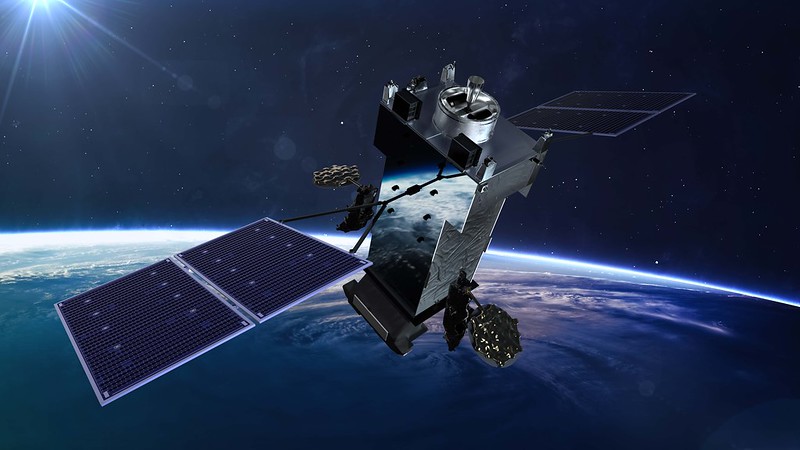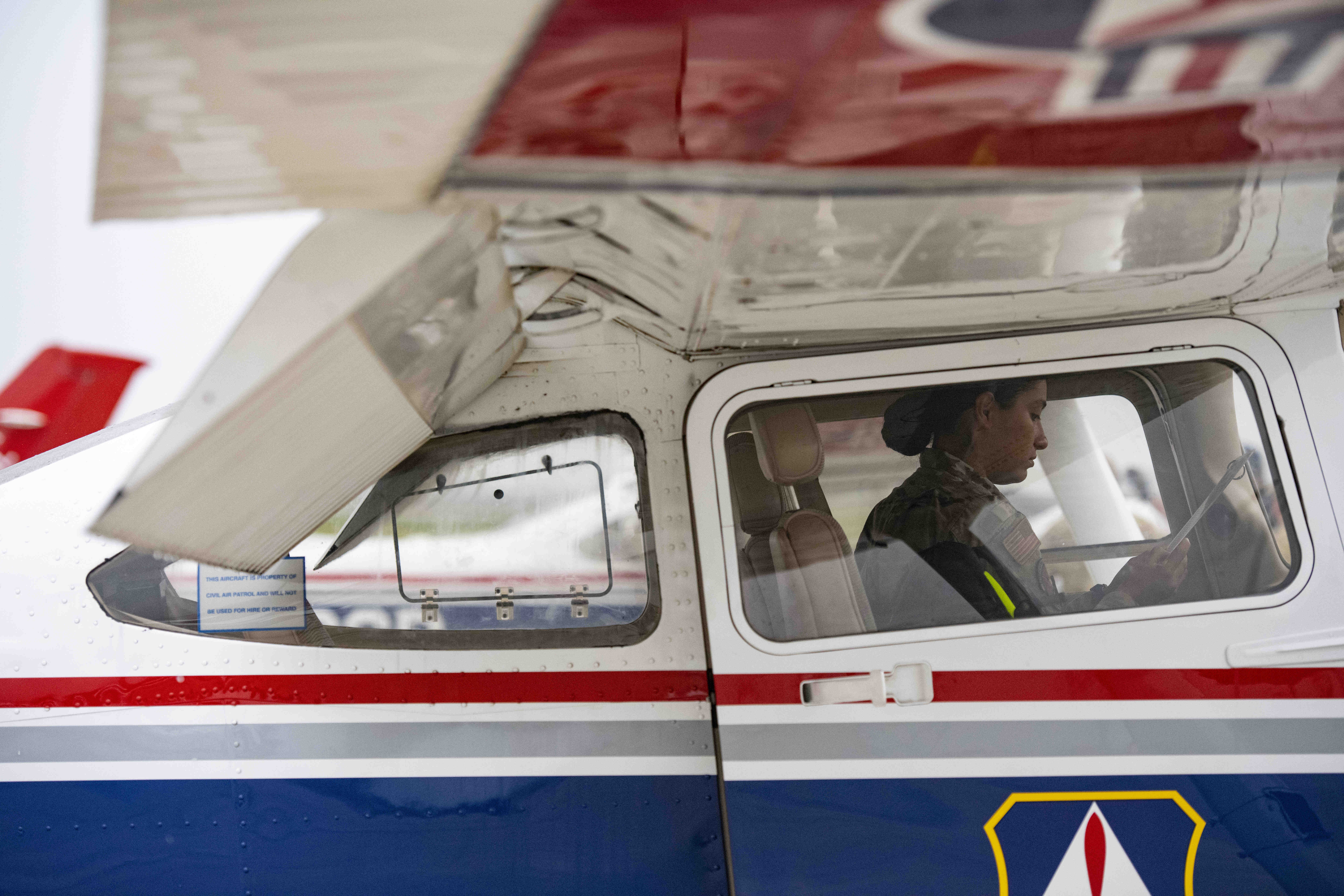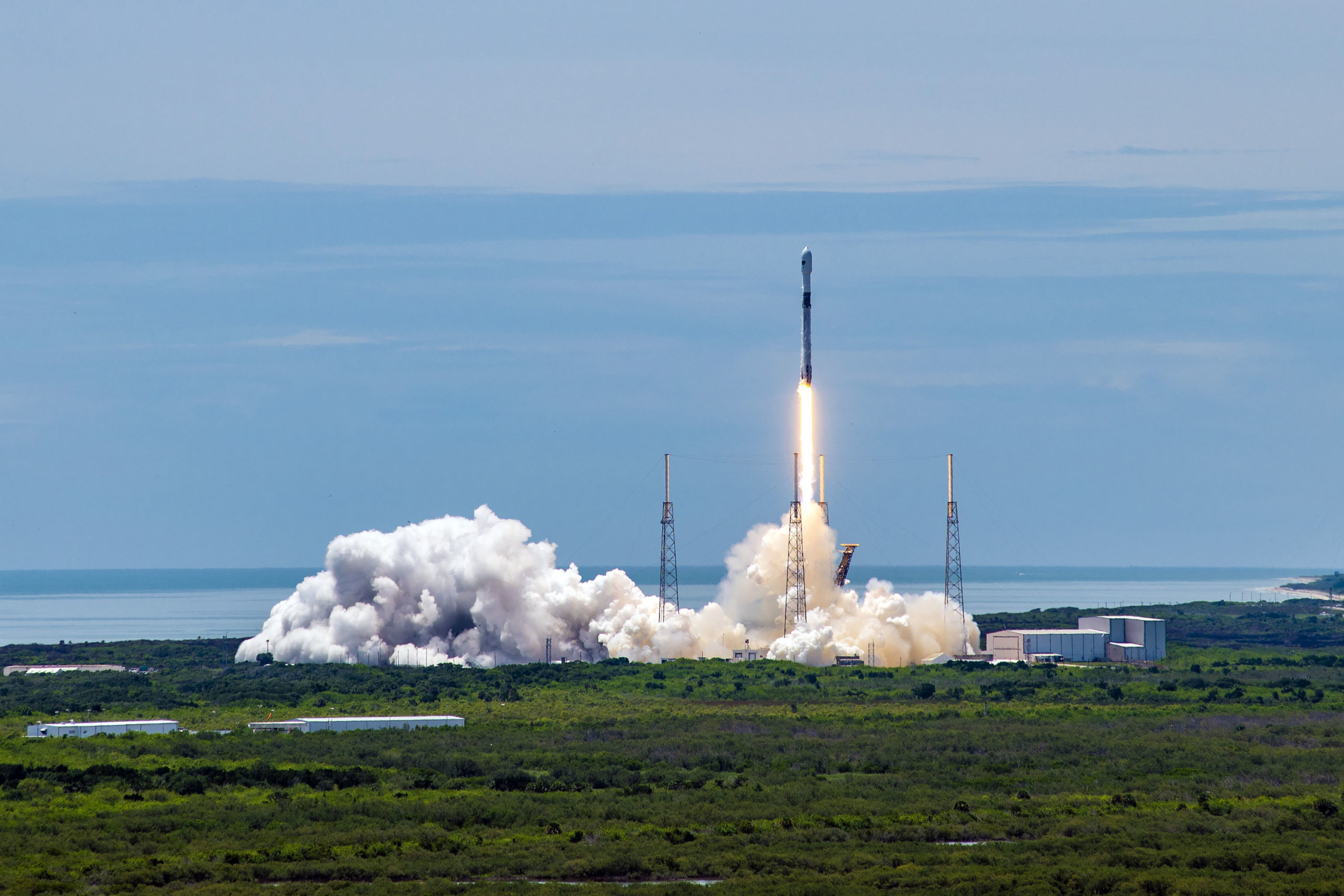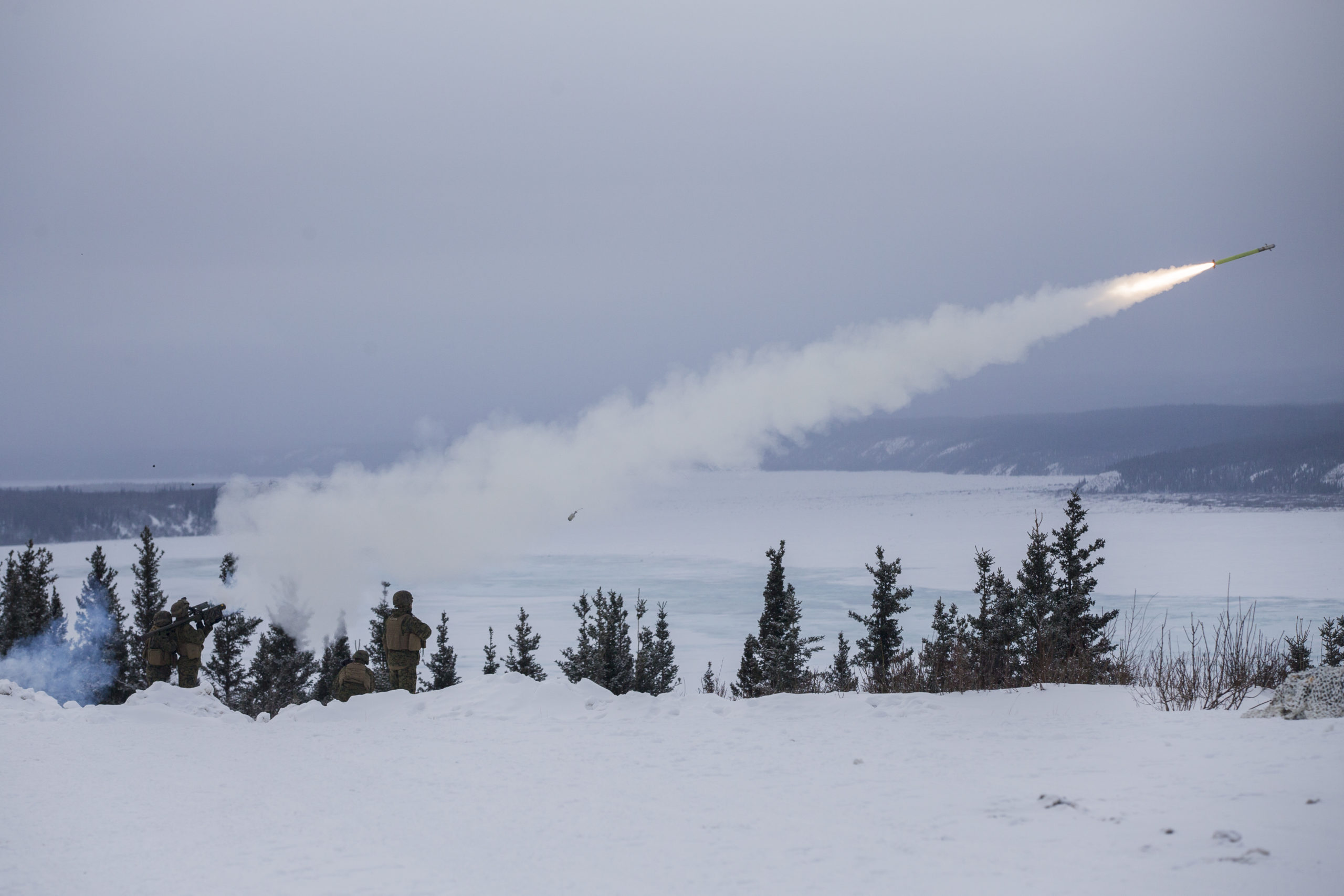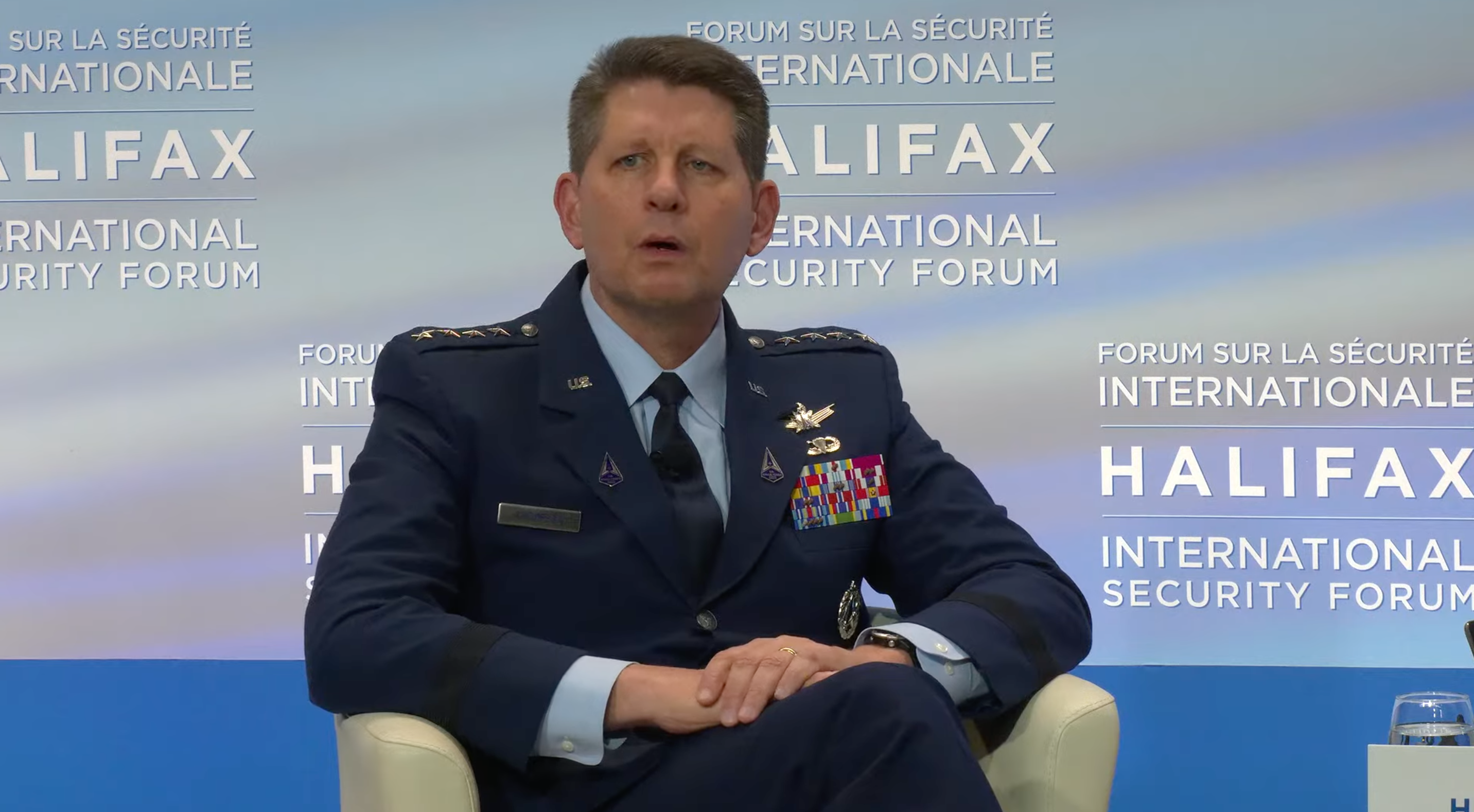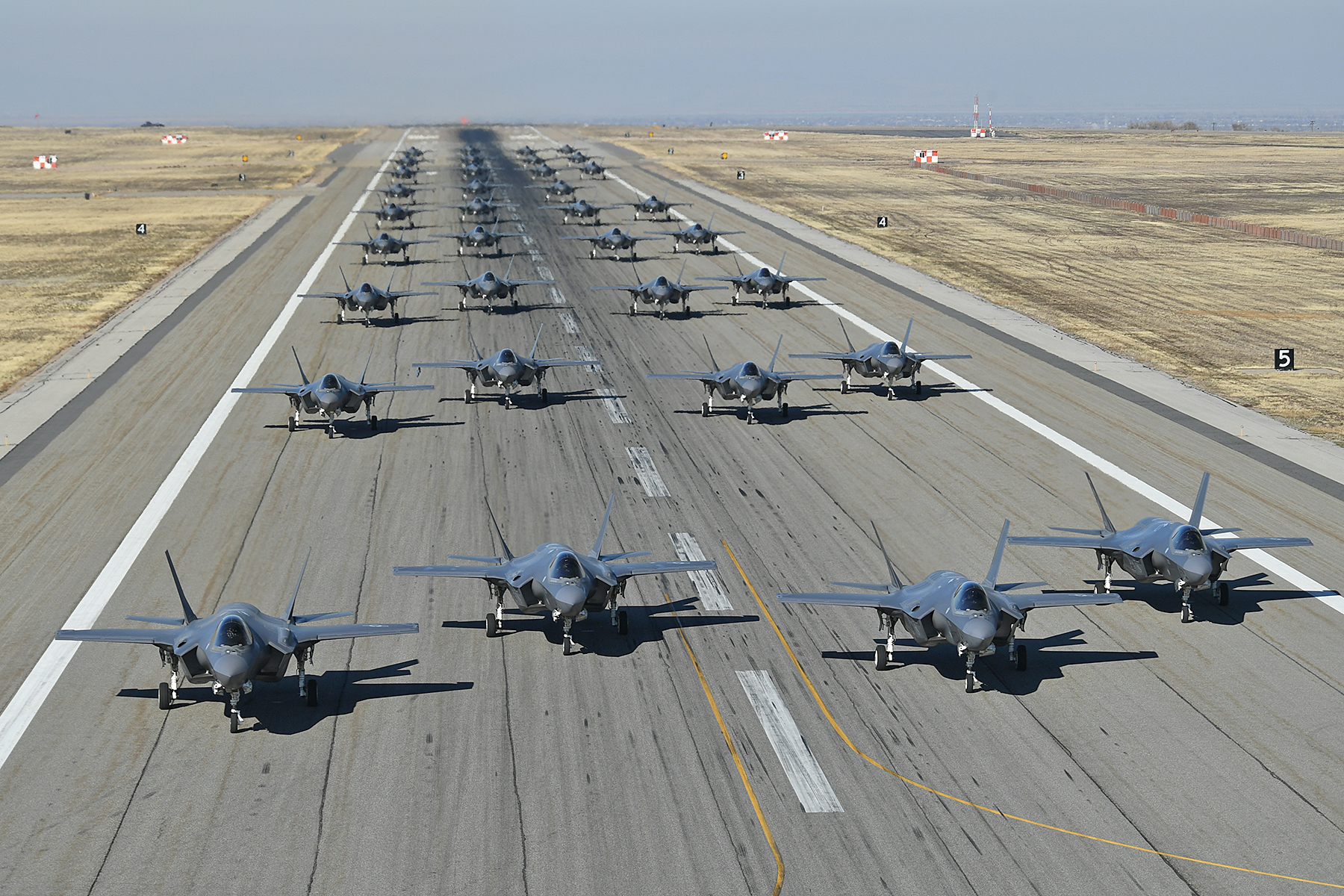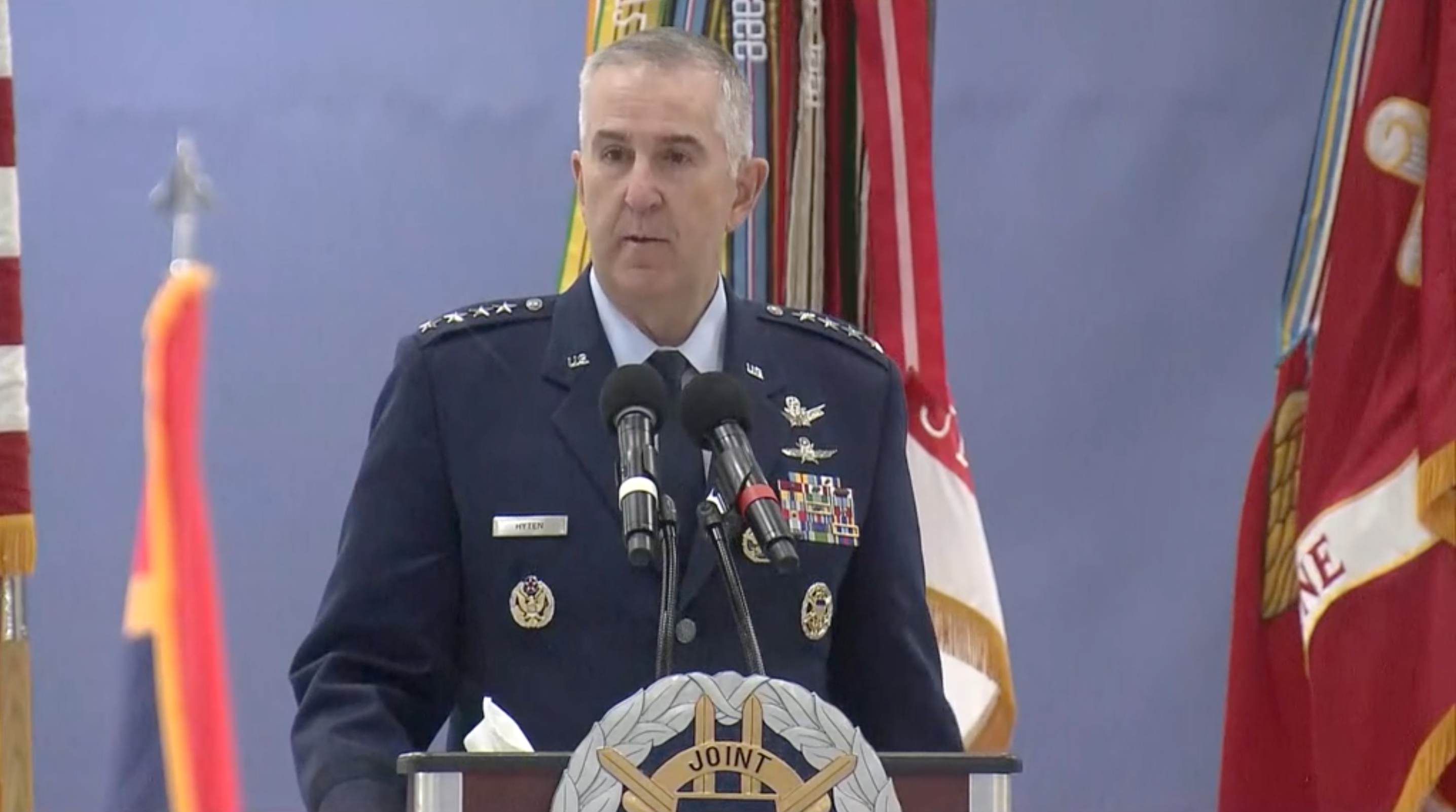Purchases of new F-35 fighters, KC-46 tankers, and C-130 transports in recent years have made only a small dent in the age of the Air Force’s fleet, down to 29.1 years across all types after hitting 30.55 years in 2020. But the service operates eight fleets exceeding an average of 50 years, and one—the KC-135—now exceeds 60.
According to data supplied to Air Force Magazine, the AT-38/T-38 trainers, the B-52 bomber, and aircraft based on the C-135 series—the KC-135, NC-135, RC-135, TC-135, and WC-135—are all in their mid-to-late 50s, with the KC-135 ringing in at 60.35 years of age. The B-52 is not far behind the Stratotanker, with an average age of 59.8 years. The data were current as of Sep. 30, the end of fiscal 2021.
Altogether, the Air Force operates eight fleets more than 50 years old; 13 more than 40 years old; 22 fleets older than 30 years; and 31 fleets more than 20 years old, on average. The remainder average less than 20 years old.
The raw numbers don’t tell the whole story, however. For example, the E-8 Joint STARS fleet is listed as having an average age of 20.8 years, but that only dates the inventory to when the Air Force acquired it; the Joint STARS were built on ex-commercial 707s that had already seen long service but were reconditioned before being configured as E-8s. The C-5M fleet is based on C-5As built in the 1960s and ’70s and C-5Bs built in the 1980s, then modified to the Super Galaxy configuration with new engines and structural enhancements. That fleet is listed as 35.14 years old, on average.
The youngest fleets in service are the KC-46, at 1.48 years old; the HC-130, at 4.0 years old; and the F-35, at 4.34 years in average age across some 302 aircraft. The Air Force also has a single AT-6 at less than a year old and three aircraft listed as “P-9A”—possibly PC-9 trainers—at five years old. The average age of the MQ-9 Reaper fleet of remotely piloted aircraft is given as 6.05 years across a fleet of 323 airplanes. Although the Air Force has accepted at least one MH-139 VIP/missile field support helicopter for testing, it is not listed on USAF’s tables. The two F-15EX fighters delivered this year are listed as “0.5” years old.
Air Combat Command’s F-15Cs ring in at 37.69 years old, and the F-15E Strike Eagles are 30.99 years old, on average. When they were new, both fleets were initially expected to serve about 12-15 years.
The B-1B and B-2A bombers are now 34.05 years old and 27.29 years old, respectively. Although the service retired 17 B-1Bs in fiscal 2021, that didn’t affect the average age much because those drawn down were already among the youngest of the fleet, built over a four-year period in the 1980s. Similarly, the 20 B-2s were all built in the mid- to late 1990s. The B-52Hs will likely reach 100 years of service, as they will soon be equipped with new engines and radars and are planned to serve into the 2050s.
Other types targeted for replacement in the coming few years include the E-4B flying command post, now at 47.38 years average age, and the E-3 AWACS at 42.99 years; USAF leaders have spoken in recent months about replacing the AWACS with the E-7 Wedgetail now serving in Australia’s air force. Although the AT-38/T-38 fleet is nearing 60 years, the Air Force anticipates it will take until the early 2030s to replace them with the T-7A RedHawk, and the last T-38Cs, upgraded with new displays, wings, and other improvements, may reach 70 years of service.
“The excessive age of the Air Force aircraft inventory is the result of decades of neglect,” said retired Lt. Gen. David A. Deptula, head of AFA’s Mitchell Institute for Aerospace Studies.
“Recapitalization and modernization … was deferred due to choices” made by Pentagon leaders “in favor of near-term priorities,” resulting in the gradual aging of the inventory over three decades, he told Air Force Magazine.
For the last 27 years, the Department of the Air Force was given less funding than the Departments of the Army or Navy, Deptula noted.
“The situation is now chronic and must be addressed,” he said. An Air Force that’s “relevant to dealing with the threats facing the nation … [is] fundamental to any successful joint military operation.”
The Pentagon, he said, can “no longer ‘kick the can down the road.’ The Air Force must be resourced to modernize its force, or its fragility will limit our ability to execute the national defense strategy.”
